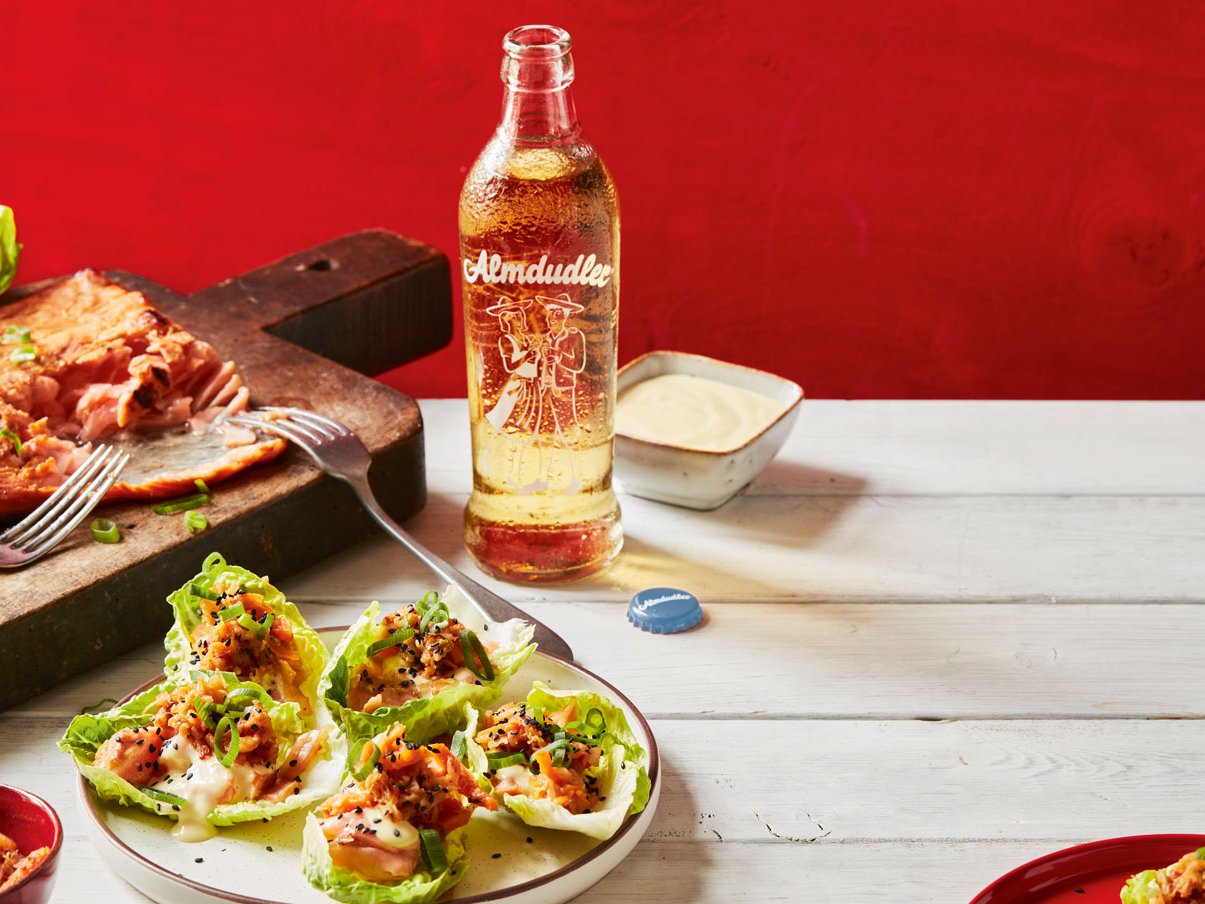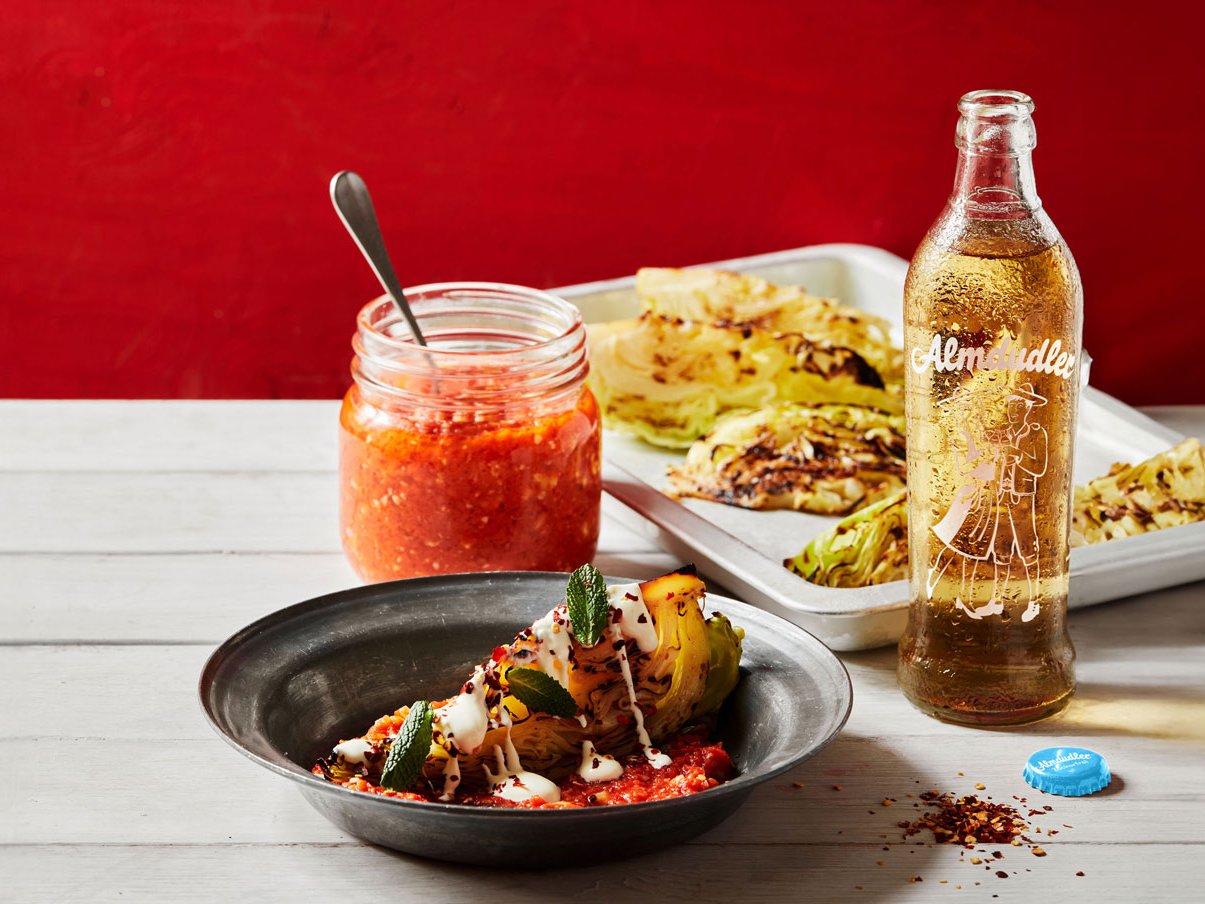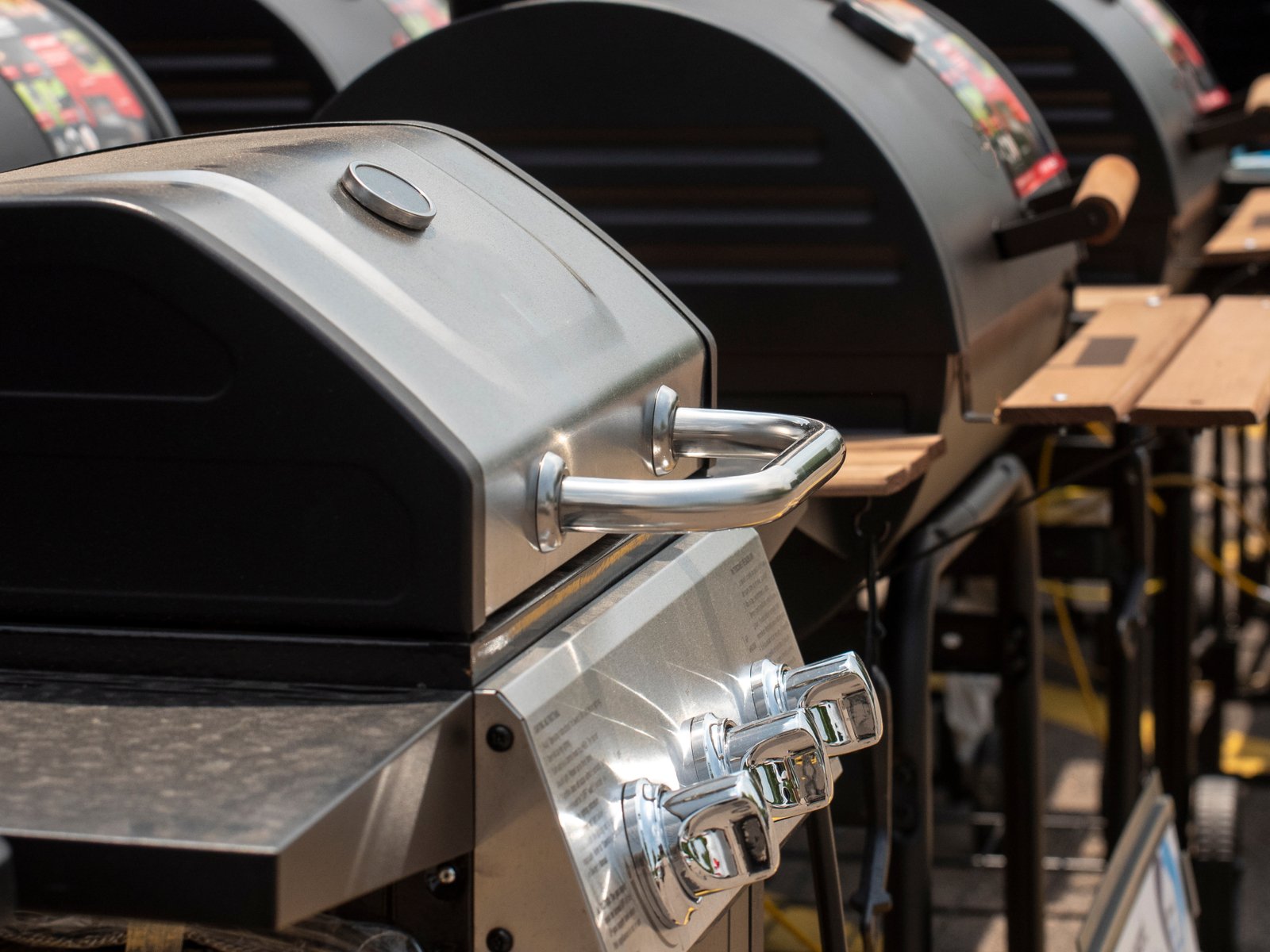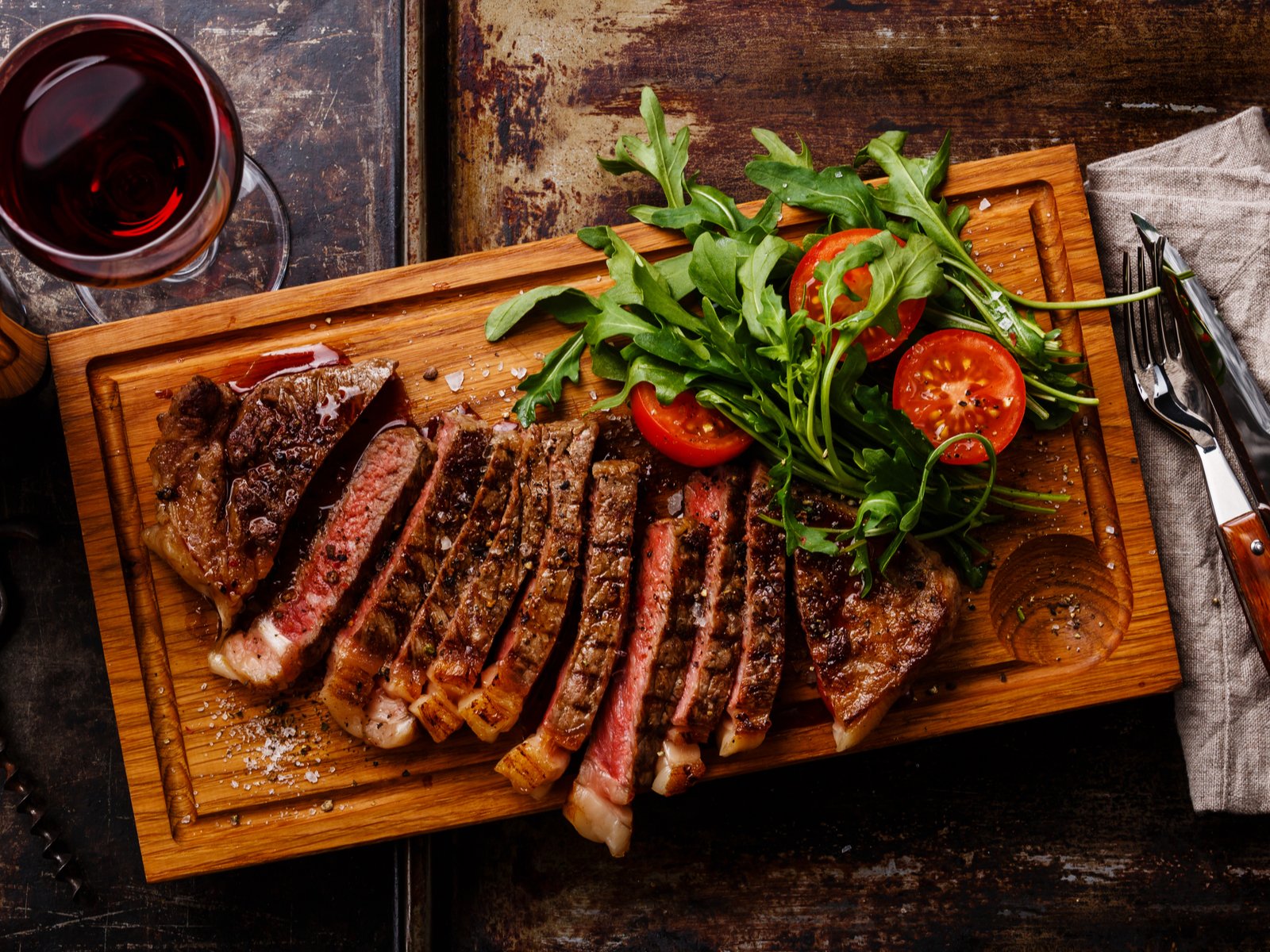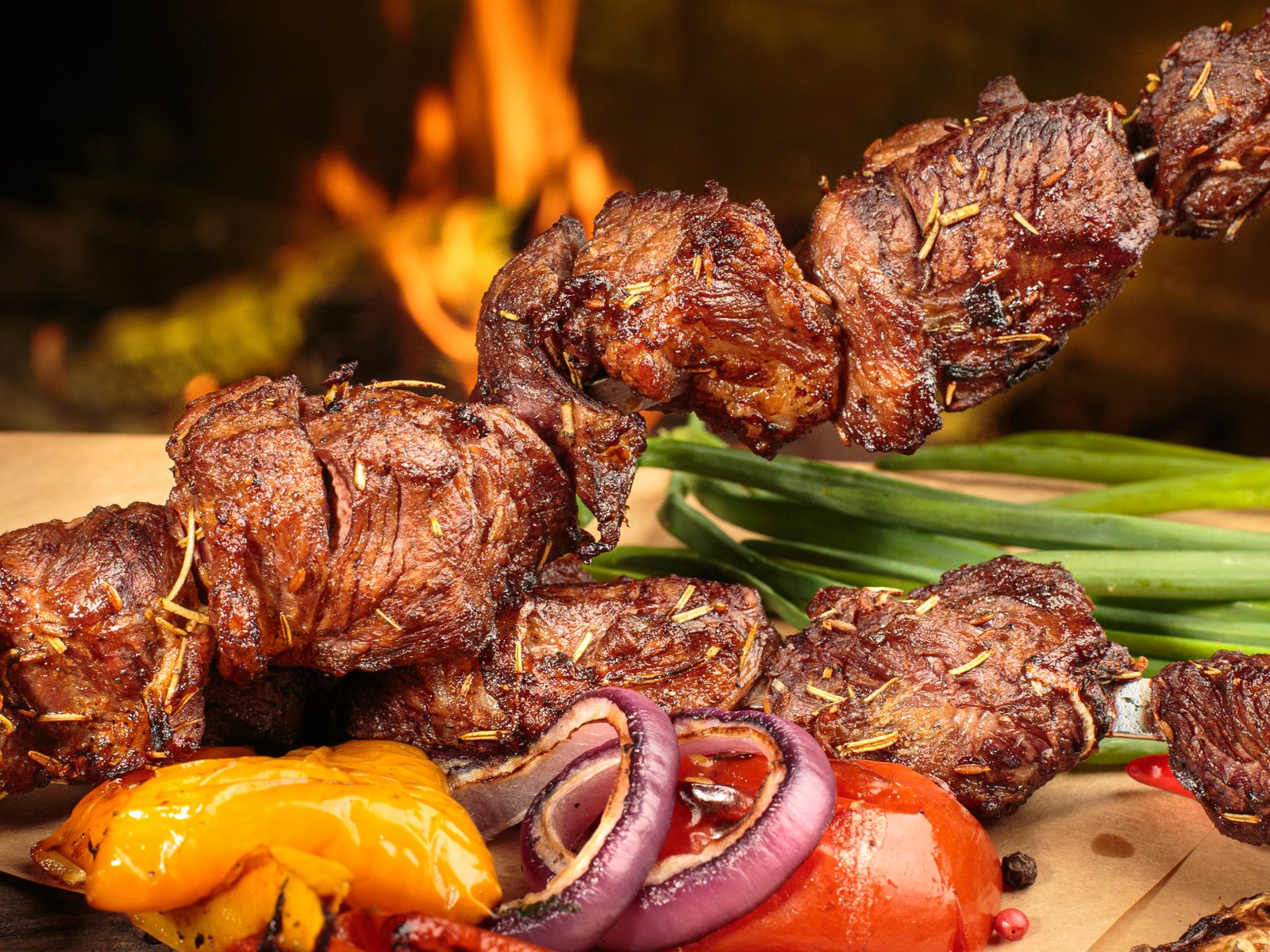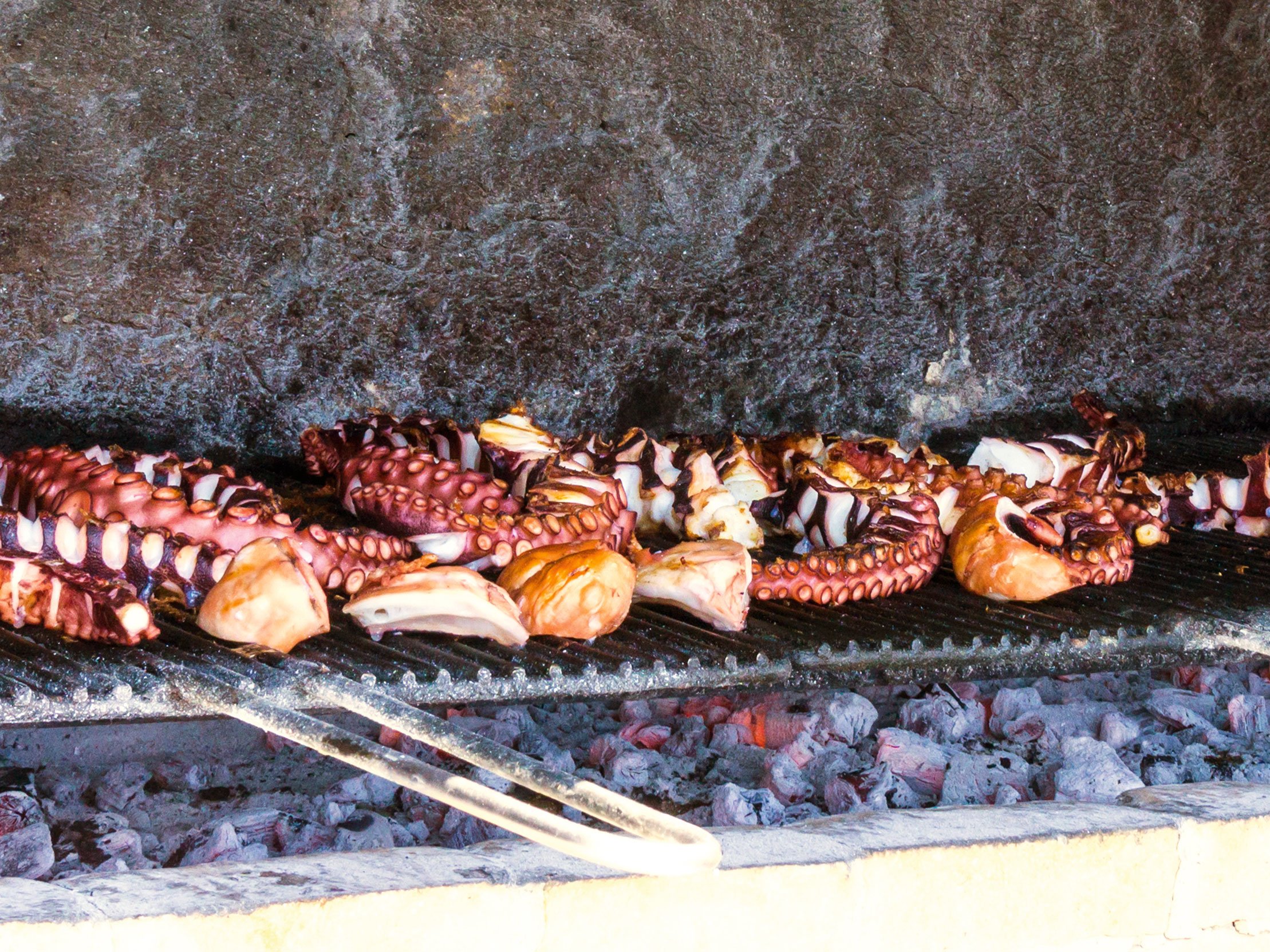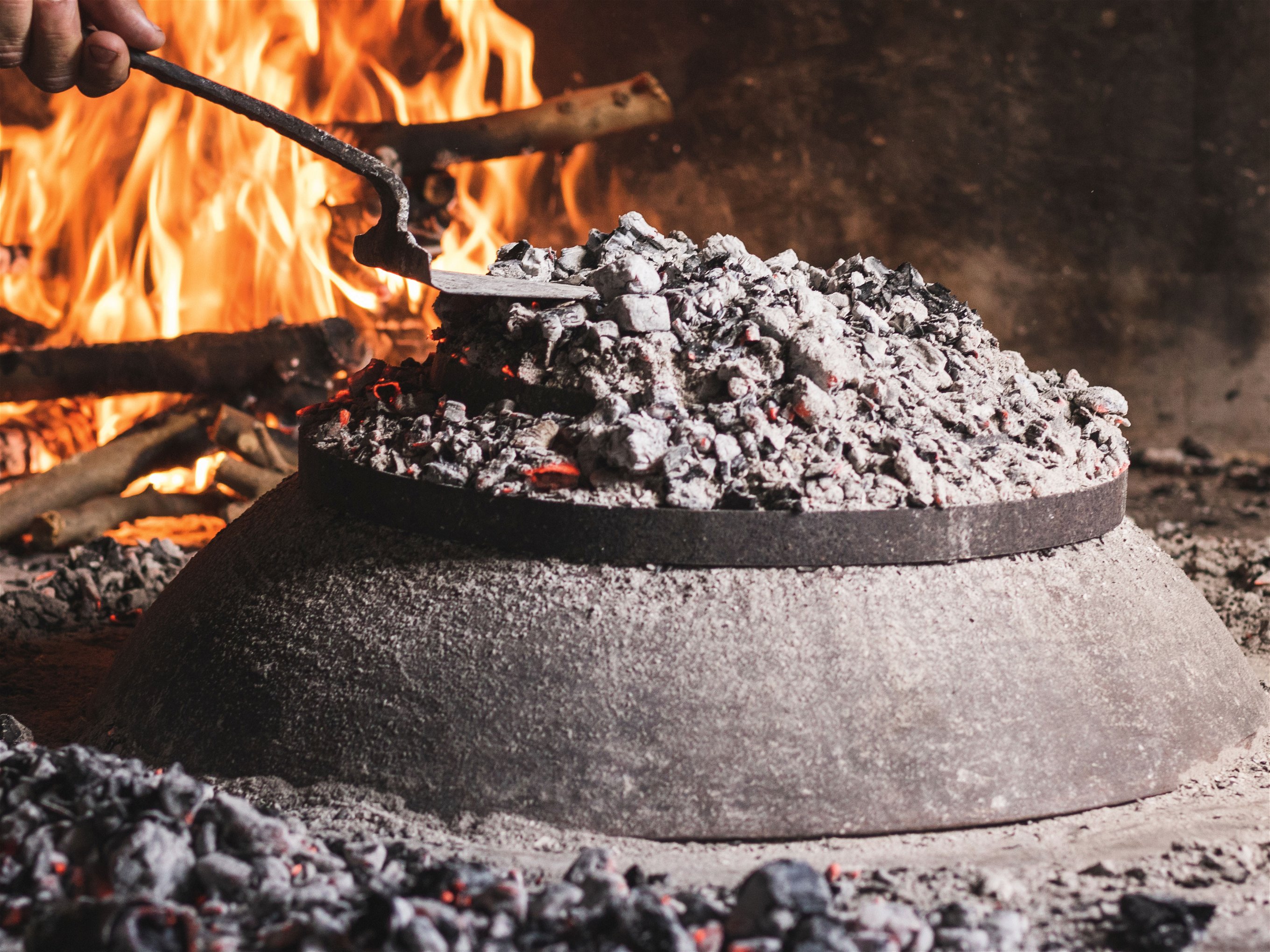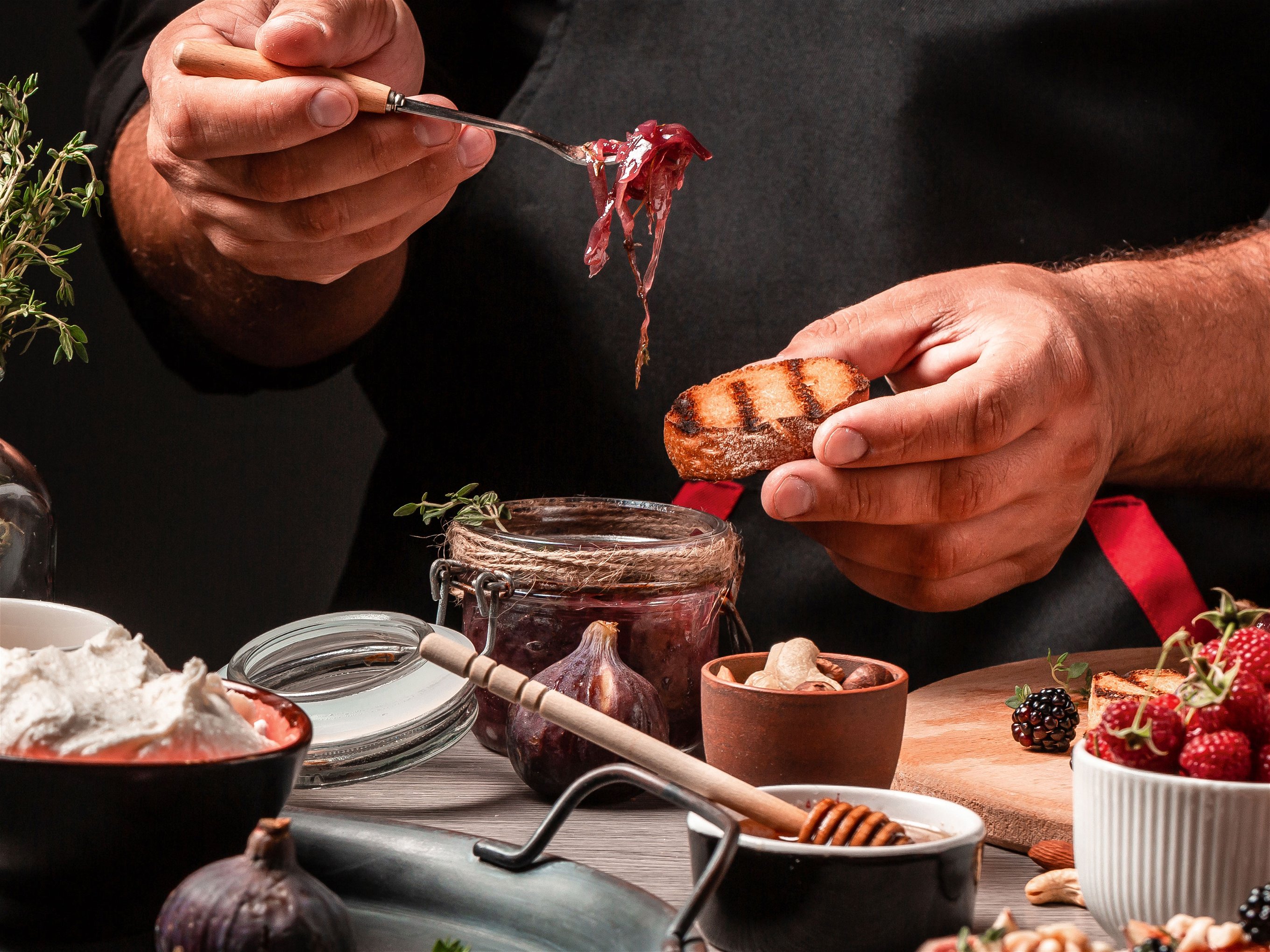The thrill of the grill
In the lead-up to Meatopia, one of London's biggest food festivals, Falstaff finds out what you really need to barbecue like a pro, and gets the lowdown on fuel and fire from the experts.
Every country has a fire cooking culture. In a world of high spec barbecues, precision meat thermometers and even phone apps that notify you when the burger needs flipping, it is easy to forget that this is the most primeval form of cuisine. From the South African braai to the South American asado, Japanese robata and New Zealand hāngī – a Maori technique that buries food over hot stones – this is cooking at its most elemental. Still today, when gas or electricity can be fired up at the flick of a switch, prehistoric cooking methods thrive. Why?
From survival to social
In part it is the communal ethos. Whether it is a camping adventure, the irresistible theatre of a festival’s flaming food joint or simply relaxing with friends in the garden, today cooking over fire is more about being sociable than survival. Then there is the flavour. On top of the mouth-watering array of flavour compounds unleashed by browning a steak or caramelising onions, fire brings a gloriously smoky infusion that elevates simple ingredients to another level. It is not just meat: try throwing on Indian-spiced cauliflower, or basting hispi cabbage with miso butter. Even delicate fish can thrive in this environment: think fresh mackerel grilled on the beach or scallops barbecued in their shells. For mass catering, there is the traditional Pacific North-West salmon bake, which sees whole sides of fish roasted on alder stakes over a long fire pit.
Clear vote
In fact, just about the only outdoor cooking approach you will not find at Meatopia is gas. However convenient and expensively conceived many modern gas barbecues may be, live fire devotees are adamant than charcoal is the only option. Kemp is certainly unequivocal. “It might be nice to cook outside, but does it do anything for your food? No.”
Carbon cares
Even the subject of charcoal requires careful consideration, both from a taste and environmental perspective. “Good charcoal will add good flavour to your food,” sums up Kemp. Those supermarket briquettes too often represent a triumph of convenience over quality. Coated with chemical additives that will taint your food, they also take longer to light and, while possessing the limited stamina required for a steak or kebabs, will burn out long before your slow-cooked lamb shoulder has hit its stride. By contrast, advises Kemp, “hardwood charcoal is cooked at a really low temperature so it’s cleaner to make and will burn cleaner.” Even better, look for a single species hardwood, which, he notes, “will all burn at the same rate so it’s easier to control.”
While buying locally, sustainably produced charcoal brings obvious environmental benefits, some top chefs remain loyal to more far flung options that deliver exceptional quality. Among these is Matt Cross, who took inspiration from working at places like Sophie’s Steakhouse in London – famous for its Argentine-inspired fire pit – to set up his own event-based venture, Crossfire Cooking, in rural Dorset. “I tend to use holm oak charcoal that’s Spanish,” he confesses. “It’s a dense charcoal – the local stuff tends to be quite quick burning.”
Low and slow
Oak is also Cross’s go to wood for his smoker, an essential element of the “low and slow” technique deployed to particularly obsessive levels in the US “barbecue belt” that runs from the Carolinas right across the southern states to Texas. Some favour pungent hickory; others carefully match their pork to apple wood. Whatever the preference, anyone who has tried a 16-hour beef brisket will recognise the bold, deep flavours that smoking adds to this meltingly tender meat. Indeed, Cross acknowledges that both his use of a smoker and choice of oak wood are “a definite nod to Texas”.
Grass and marbles
The UK may be famous for embracing other nations’ culinary traditions, but when it comes to raw ingredients, Cross maintains the country’s homegrown quality is unrivalled. “I only use British and rare breed meat,” he notes. White Park cattle are a particular favourite. “It’s just the flavour,” sums up Cross, drawing a contrast with more widespread commercial breeds. “It’s aged really well and has great fat content and marbling.”
Kemp agrees that top notch meat is “absolutely vital” to the end result. “You want fully grass fed,” he insists, highlighting the healthy omega-6 fatty acids and higher proportion of unsaturated fat that comes from grass- rather than grain-fed cattle. Slower growing rare breeds that are allowed to live longer may not suit the supermarkets, but they justify their higher price tag with significantly superior flavour.
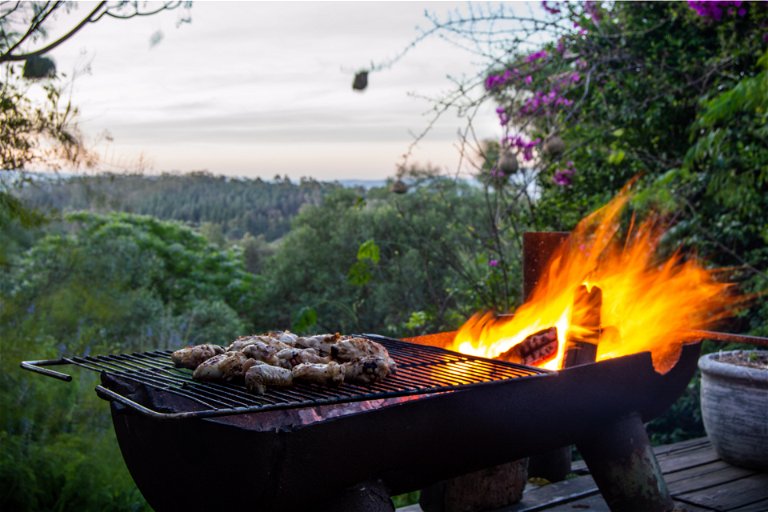
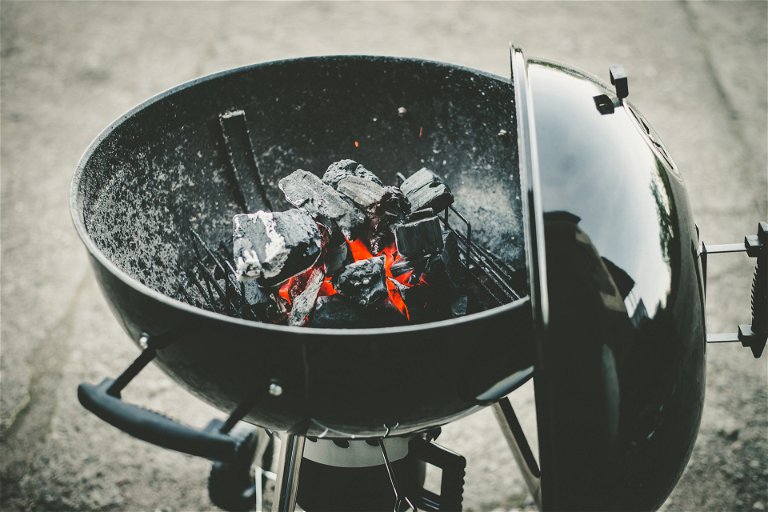
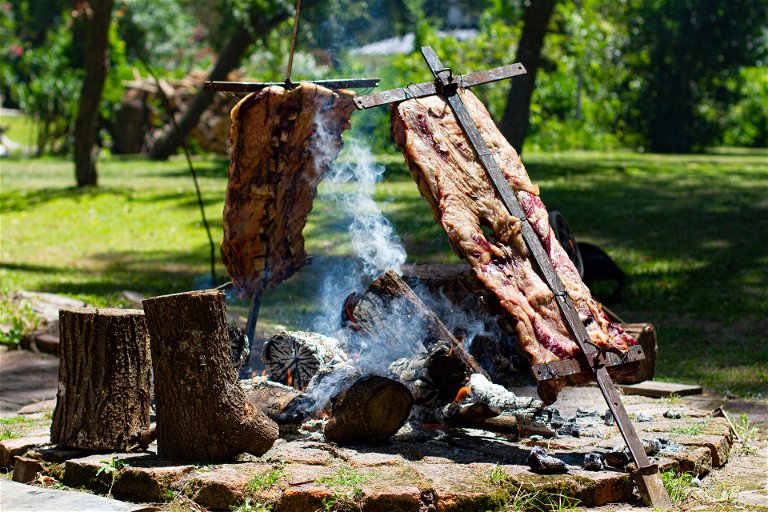
Hotbeds of innovation
Today these cultures, ingredients and techniques collide energetically at festivals such as Meatopia, a three-day annual celebration of live fire cooking. Thousands are expected to flock to Tobacco Dock in London from 2-4 September, 2022. “The biggest misconception is that it’s always white blokes with tattoos and square beards,” remarks Meatopia director Mat Kemp. In fact, he highlights the particularly broad demographic inspired by this form of cooking. “There’s a lot of intuition,” explains Kemp. “It’s so tactile, so cerebral. You can’t just switch the cooker on; you’ve got to build the fire and get it hot in certain places.” Freed from the prescriptive conventions that shape many national cuisines, live fire cooking is a hotbed of enthusiastic innovation, attracting people who would never be tempted to become disciples of master chefs such as Escoffier or Jiro Ono. “The whole movement has been more amateur led than pro,” confirms Kemp.
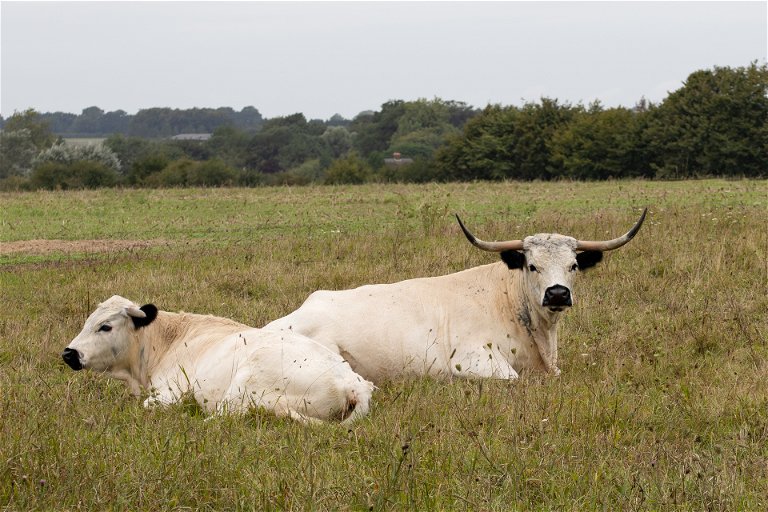
Guts and money
That doesn’t mean your next barbecued meal has to cost a fortune though. The beauty of live fire cooking is that it lends itself perfectly to transforming cheaper, less fashionable cuts into unforgettable treats. Butchery traditions vary by country, so Cross sometimes struggles to find the same quality of beef brisket or pork back ribs as a US chef but is more than happy to substitute feather blade or belly ribs respectively. Beef cheek is another favourite, inexpensive cut.
In a similar vein, it may be alarmingly possible to blow the price of a new kitchen on impressive barbecue equipment, but ultimate quality relies on far more basic, inexpensive factors. “Trust your gut,” says Cross who encourages people to experiment. “People spend thousands of pounds, but all you really need is a big pit.”



